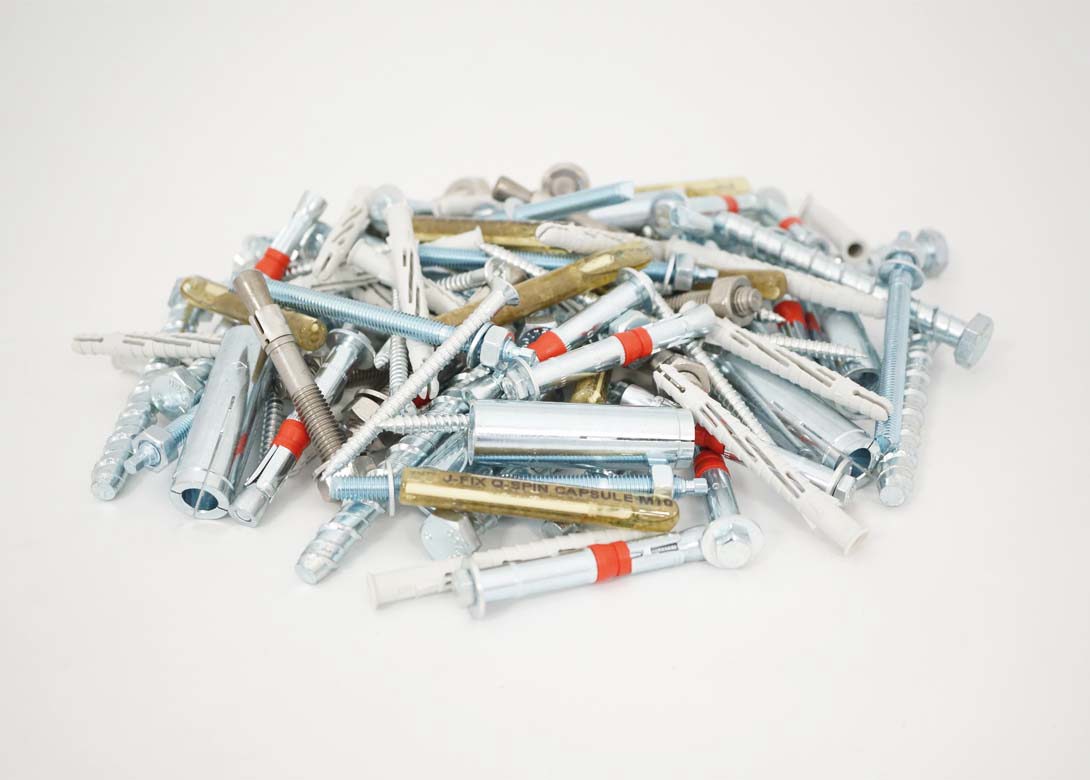
Here JCP, the specialist fixing division of Owlett-Jaton, discusses the advantages of supplying its customers with ETA/UKTA (European/UK Technical Assessment) certified products, which span the majority of its structural product range.
An ETA/UKTA is an official document relating to a specific construction product, valid in the European Union and the UK. Although it is a voluntary document, regulated by the Construction Products Regulation (CPR), it is also a key requirement to unlocking other affiliated documentation recognised within the construction industry by architects, specifiers, engineers, and other key decision makers. National and international technical and standardisation institutions recognise, and actively promote and encourage ETA/UKTA certified products. Furthermore, most design companies and engineers almost always opt for approvals, recognising that following a policy of best practice is often the better option.
An ETA/UKTA is a requirement to achieve a CE/UKCA (UK Conformity Assessed) Marking, as legislation changes in-line with Brexit. The CE/UKCA Marking will indicate conformity with the applicable requirements for products sold within the European Union and the UK. It is also a document upon which a Declaration of Performance (DoP) can be based. An ETA/UKTA can also be issued specifically for a construction product if it is not covered by a Harmonised European Standard (hEN).
ETAs are developed and issued based on appropriate EADs (European Assessment Documents). Put simply, EADs explain how to test products, assess the results, and define essential characteristics. So, they are the ‘road map’ for the test houses.
Different EADs are used to develop different ETAs suitable for different types of applications. For example, for structural applications in cracked and non-cracked concrete, JCP used an EAD for that purpose and developed ETAs for approved mechanical and chemical post installed fixings.
Typical examples for structural applications include guard rails, façades, staircases, tower and bunker silos, columns, and machine installation. These examples span a wide range of environments across commercial, industrial and residential applications – including hospitals, hotels, buildings, shopping centres, car parks, warehousing, manufacturing and many more.
However, some applications are not structural, and therefore, some ETAs are based on other European Assessment Documents and are only suitable for non-structural, multiple use systems. For such applications, the number of fixings should be adequately high, so that in the event of a localised failure, the loads can be transferred to adjacent fixings, preventing system failure.
For instance, mechanical and electrical systems (cable trays, pipelines (liquid, gas), HVAC systems, etc) suspended from ceilings are predominantly non-structural. The bright zinc plated and stainless steel JCP approved drop-in anchors are a great example. The short-lipped version is designed for solid and hollow concrete blocks to avoid hitting any pre-stressed tendons in concrete; combined with JCP stop drills, the installation is effective, quick and easy to carry out and economical.
JCP Fixings offers a comprehensive range of ETA certified products, spanning the heavy-duty range of fixings, chemical anchors, as well as nylon and cavity fixings. The heavy-duty range includes throughbolts (Option 1 and 7), Ankerbolts (Option 1), heavy-duty anchors (Option 1), drop-in anchors (including lipped) and socket bolts, with options on head styles, materials and finishes.
The chemical anchors product range includes pure epoxy, vinylester, epoxy acrylate, styrene-free, and polyester resins, with Option 1 and 7 available, as well as glass capsules and J-Fix studs. JCP also offers a selection of nylon frame fixings, with a choice of head styles, materials and finishes to choose from.
It is important to highlight that similar ETA/UKTA approved products on the market do not necessarily meet the same high results as those achieved and provided by JCP. Therefore, when cross referencing different products, a thorough comparison is strongly recommended.

Having spent a decade in the fastener industry experiencing every facet – from steel mills, fastener manufacturers, wholesalers, distributors, as well as machinery builders and plating + coating companies, Claire has developed an in-depth knowledge of all things fasteners.
Alongside visiting numerous companies, exhibitions and conferences around the world, Claire has also interviewed high profile figures – focusing on key topics impacting the sector and making sure readers stay up to date with the latest developments within the industry.






